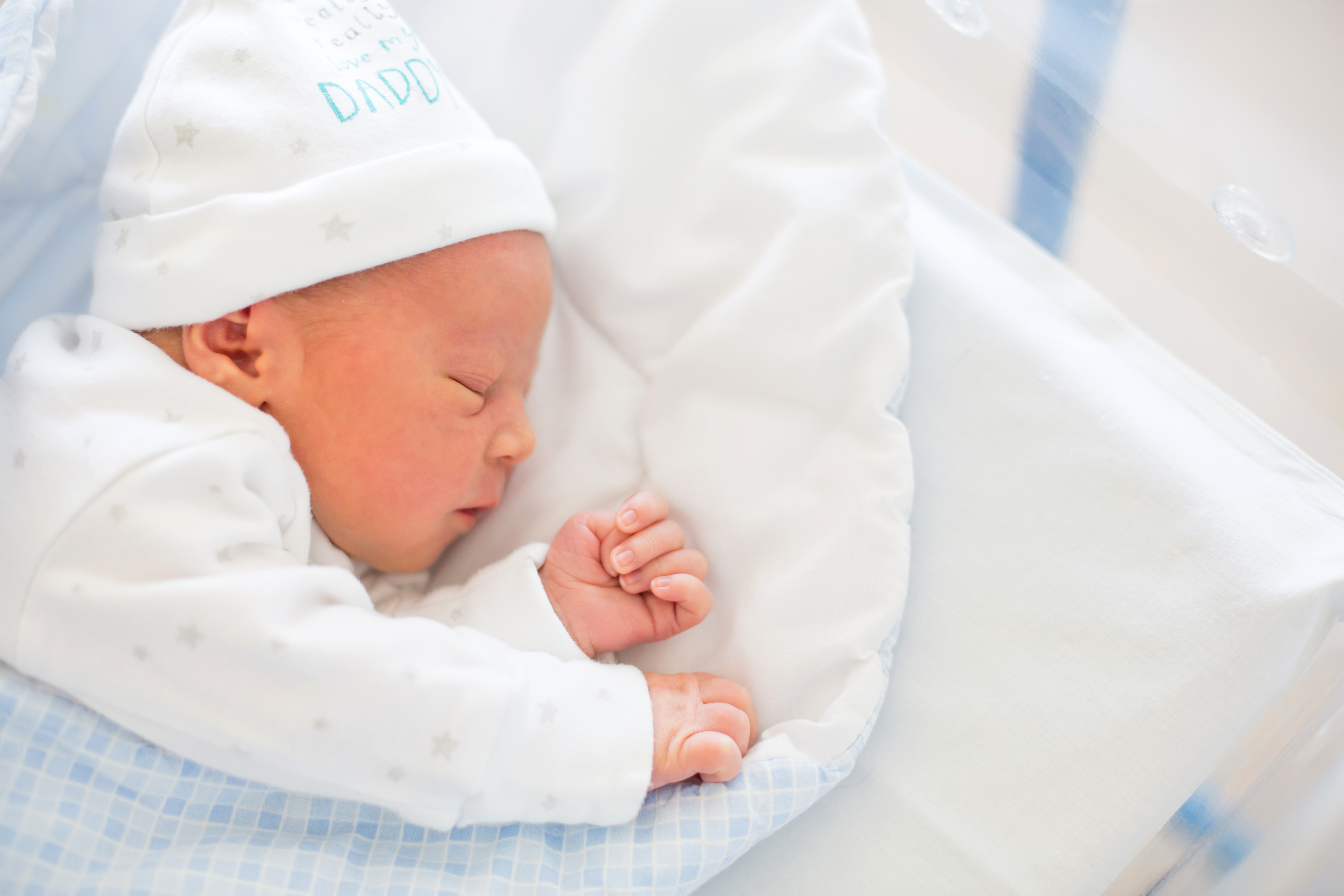
THE health service is prepared for a Christmas baby boom nine months after the festive period, NHS England has said.
Conception rates “soar” over the Christmas period, a statement from the organisation said.
Nearly 17,000 women became pregnant in the last week of December in 2015 – the last year for which data is available – compared with an average of around 15,500 in a typical week, NHS England said.
Over the last two decades September 26, which is 39 weeks and two days after Christmas Day, was the most popular day to be born, according to the Office for National Statistics (ONS).
On average 2,000 children are born on September 26, compared with the average of 1,800.
NHS England has insisted maternity wards are prepared for the expected spike in the birth rate and pledged that expectant mothers will be more likely to be seen by a familiar midwife in 2019.
Currently only one in six mothers gets this service.
Sarah-Jane Marsh, chairwoman of the organisation’s Maternity Transformation Programme, said: “We know from how busy our maternity services are during September and October, that the most wonderful time of the year brings with it a baby boom.
“The great news is that for any babies conceived during the next few weeks, more mums can expect that the same small group of midwives or doctors will look after them throughout their entire pregnancy journey, including birth.
“The long-term plan for the NHS will also set out further improvements and investment in care to help give babies and children the very best start in life, and we await its publication with eager anticipation.”
In 2015 there was an estimated average of 15,427 conceptions each week.
The week commencing December 28 saw the most conceptions that year, with an estimated 16,872.
The second and third most popular weeks for getting pregnant fell around Valentine’s Day, with 16,263 in the week commencing February 9 and 16,344 in the week commencing February 16.
Since 2010 the number of stillbirths has fallen by 18.8% and in the past 10 years the number of deaths directly related to maternity has fallen by 44%, NHS England said.

Enjoy the convenience of having The Sunday Post delivered as a digital ePaper straight to your smartphone, tablet or computer.
Subscribe for only £5.49 a month and enjoy all the benefits of the printed paper as a digital replica.
Subscribe